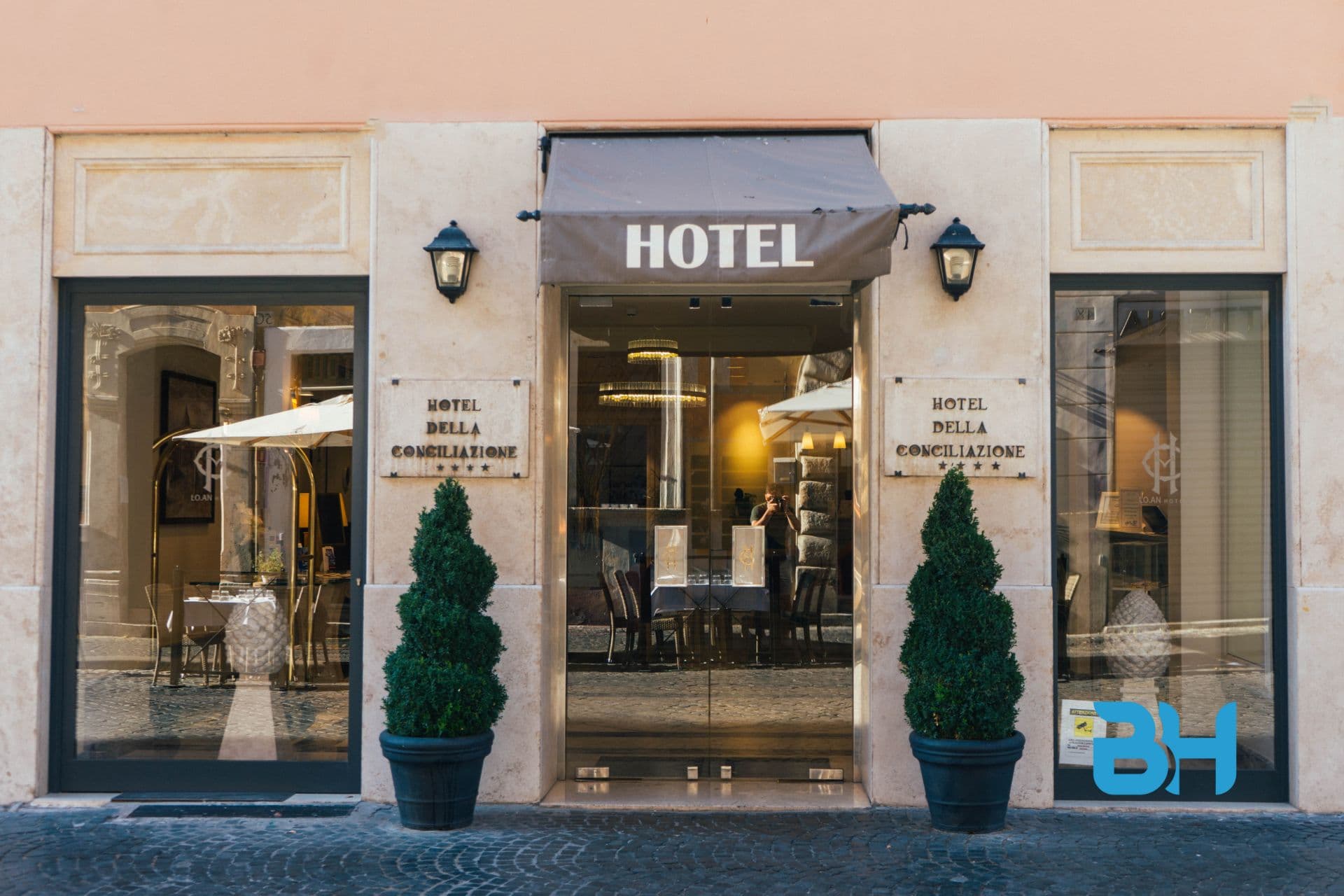
Mastering Hotel Revenue: Pickup and Pace in Action
As a revenue manager, your day begins with one critical question: "What was the pickup yesterday?" Pickup and pace are like your secret weapons in the world of hotel revenue management. In this blog, we'll dive deep into these concepts and explore how they empower you to sell the right room, to the right guest, at the right time, and at the right price.
Understanding Pickup
What is Pickup:
Pickup represents the number of rooms booked for a specific date within a defined date range. It's like a room booking counter, tracking new bookings, cancellations, changes, and group adjustments.
Example Calculation:
Imagine it's Friday, and you've booked 23 room nights over the past 7 days for that day. This is your pickup for Friday.
Deciphering Pace
What is Pace:
Pace is the rate at which bookings materialize for each respective date. It's your crystal ball into the future, offering insights into demand, occupancy, and revenue.
Pace Calculation:
By analyzing how fast bookings are materializing for various dates, you gain an understanding of the pace of your bookings.
Why Pickup & Pace Matter
Trendspotting:
Pickup and pace serve as trendspotters. They help you identify whether bookings for a specific date are soaring or slumping.
Strategic Moves:
Daily pickup data empowers pricing, distribution, and marketing decisions. It's not just numbers; it's actionable insight.
Utilizing Pickup and Pace in Action
Pricing Strategy:
Armed with pickup and pace data, you can strategically adjust room rates. If Friday's pickup is high and pace is quick, consider slightly raising rates for that day.
Distribution Decisions:
Based on pickup trends, you can optimize your distribution channels to ensure rooms are booked efficiently.
Marketing Initiatives:
Pickup and pace insights guide marketing campaigns. For instance, if bookings for a particular date are lagging, launch targeted promotions.
Staff Allocation:
Your operations team benefits from pickup and pace data, as it dictates staffing requirements during high-demand periods.
Post-Event Analysis
Review and Reflect:
After the conference, delve into the pickup and pace data to assess your performance.
Refining Future Strategies:
Use these insights to refine your revenue management strategy for upcoming events. If you noticed high demand on Fridays, plan early bird promotions for future conferences
Let's learn to implement this via a short case study. Imagine you're a hotelier managing a charming boutique hotel located in the heart of a bustling city. Your city is gearing up to host a major international conference in three months, which will draw professionals from around the world. Your goal is clear: fully book your hotel during the conference while optimizing room rates for maximum revenue. I
Section 1: Early Bird Specials
Offer Attractive Rates:
Start by offering appealing early bird rates for conference attendees who book well in advance.
Encourage Early Booking:
This strategy encourages guests to secure their rooms early, giving you a head start on pickup.
Section 2: Dynamic Pricing
Monitor Daily Pickup:
Keep a close eye on your daily pickup data to spot booking trends.
Capitalizing on Demand:
If you notice a surge in bookings for a specific date during the conference, consider adjusting your rates slightly higher for that day to capitalize on the increased demand.
Section 3: Group Packages
Create Special Packages:
Develop special packages tailored for conference groups.
Incentives for Groups:
These packages can include discounted room rates, complimentary meeting room access, and catering services, encouraging groups to book multiple rooms and boosting pickup.
Section 4: Last-Minute Deals
Stay Agile:
As the conference date approaches, stay agile with your pricing strategy.
Fill Remaining Rooms:
Offer last-minute deals for rooms still available to ensure maximum occupancy during the event.
Section 5: Social Media Blitz
Leverage Social Media:
Utilize social media platforms to create buzz about your hotel's proximity to the conference venue.
Highlight Convenience:
Showcase the convenience of staying at your hotel during the event and any special amenities or services you offer.
Section 6: Collaborate with Event Organizers
Explore Partnerships:
Reach out to the conference organizers to explore partnership opportunities.
Exclusive Rates:
Offer exclusive rates to conference attendees or host a pre-conference event at your hotel to boost bookings.
Section 7: Monitor Competitors
Competitive Analysis:
Keep a watchful eye on your competitors' pricing and pickup data.
Adapt Strategy:
Adjust your strategy if you notice high demand or full bookings among your competitors.
Section 8: Review and Reflect
Post-Event Analysis:
After the conference, conduct a thorough review of your pickup and pace data.
Refine Future Strategies:
Use insights gained to refine your revenue management strategy for future events.
Conclusion:
Remember, pickup and pace aren't just numbers; they're your secret weapons for optimizing revenue and ensuring your hotel thrives, especially during high-demand events like conferences. By implementing these strategies and monitoring pickup and pace, you can unlock the full potential of your hotel's revenue.
Sources:
https://www.4hoteliers.com/features/article/16156 ||
OTA Insight, https://www.otainsight.com/
#HotelRevenue #PickupAndPace #ConferenceBoost #DynamicPricing #HotelStrategy #otainsight #insights #hotelinsights #hotelrevenue #revenuemanagement #revenuemanager #hotels #hospitality #hotelrooms #travel
Apply These Insights to Your Hotel
Book a free strategy call with our consultants to see how these approaches can benefit your business.